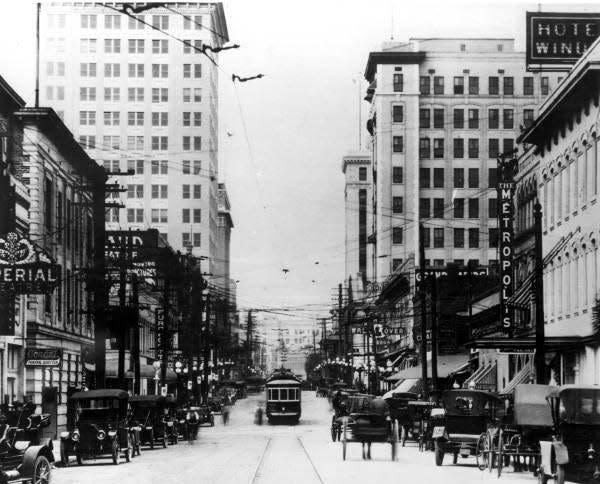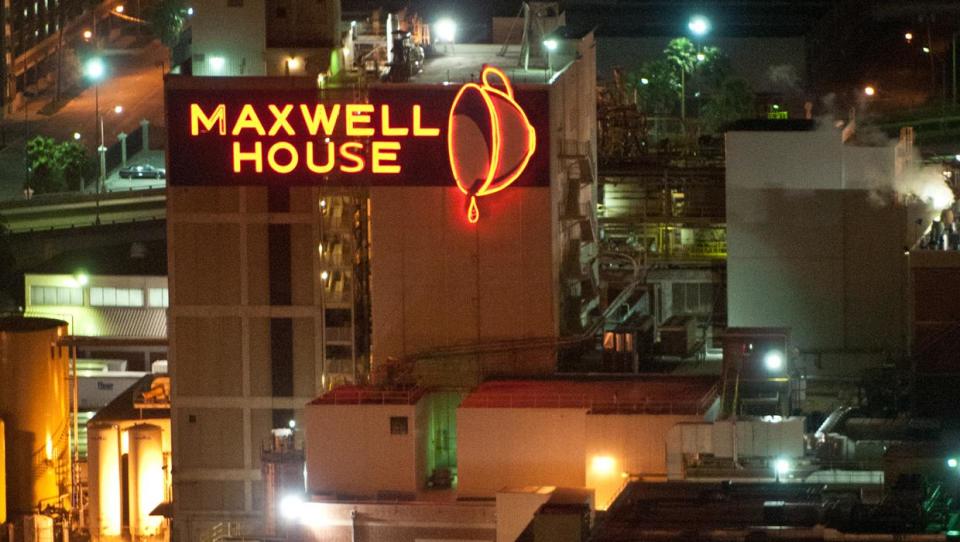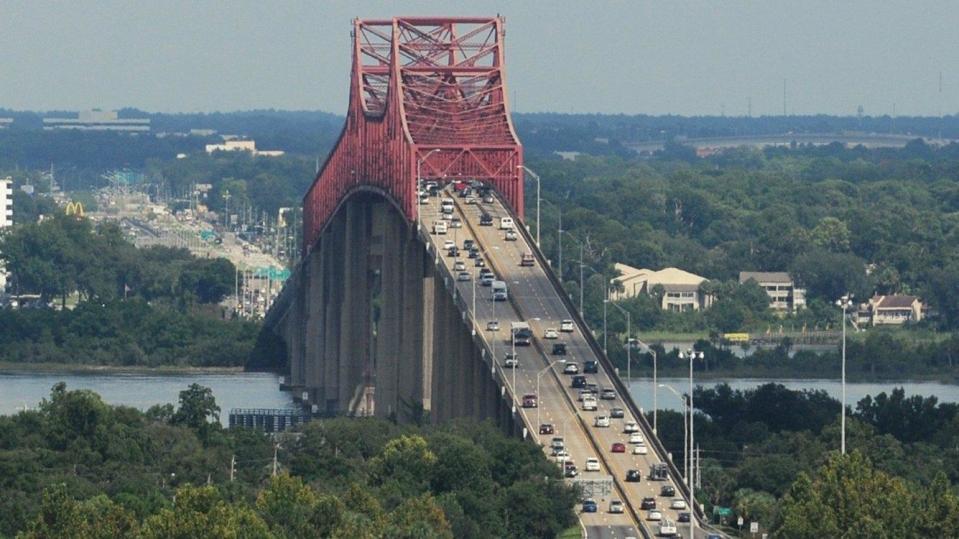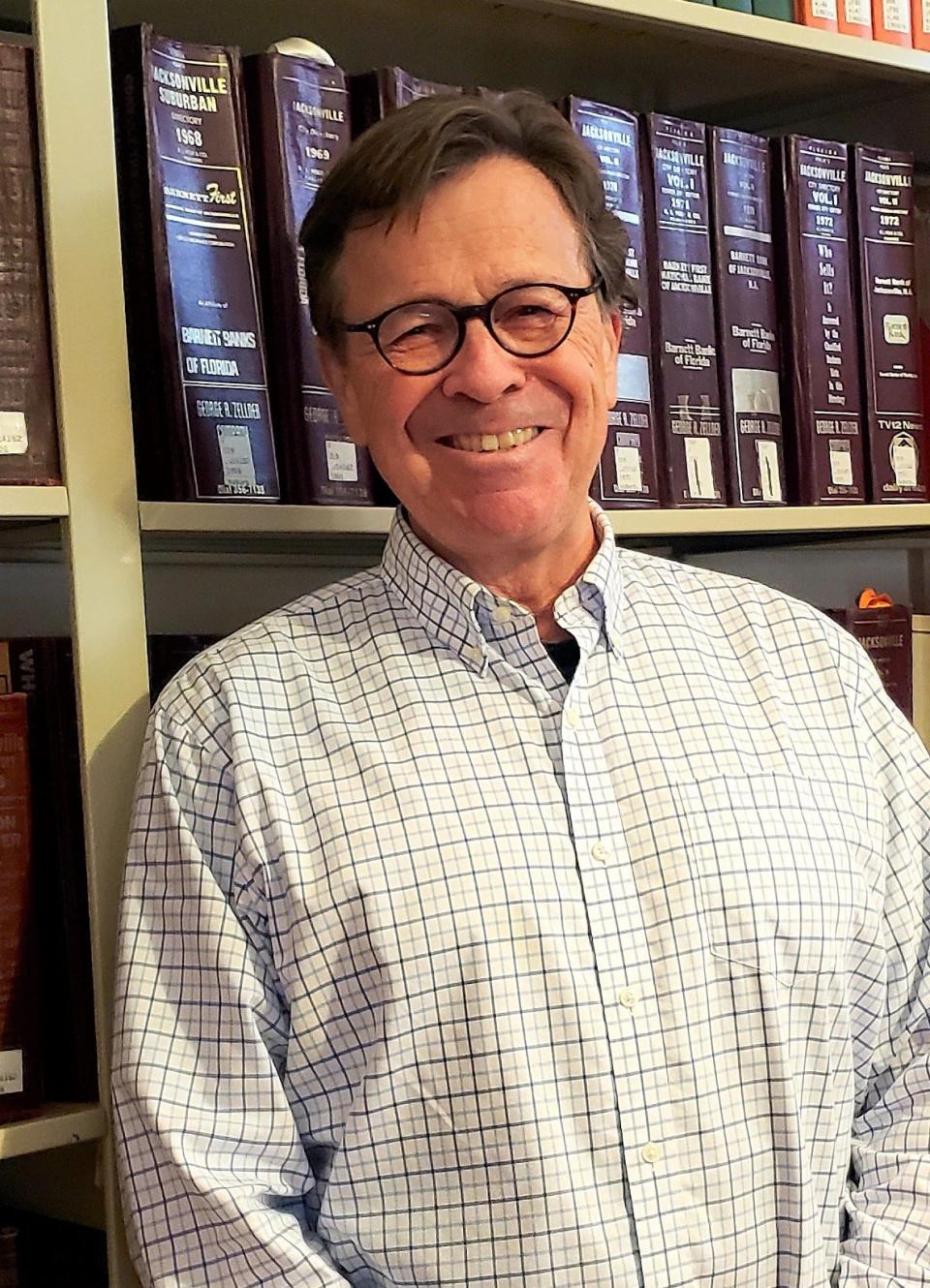Alan Bliss: Jax in the 1920s went from vibrant downtown to gridlocked car town

In previous columns, I’ve described how the Great Fire of 1901 set the stage for a new downtown Jacksonville. That downtown evolved in the two decades before automobiles became fixtures in day-to-day life. We inherited a downtown that was conceived with streetcars and trains in mind, rather than automobiles.
Beginning in the 1920s, people who owned cars created a market for new suburban neighborhoods and communities beyond the reach of streetcars. What they took with them to the suburbs, they removed from downtown.
America’s generation of baby-boomers (of which I am a member) tend to blame shopping malls, interstate highways and urban renewal for the decline of downtowns like Jacksonville’s. Those phenomena appeared beginning in the late 1950s and continued to spread through the 1970s.
Mark Woods: As it celebrates 200 years, Jacksonville is still figuring out its identity
Famous folks: After 200 years, here's a checklist of names from Jacksonville's history
The truth is, however, that by the end of the 1940s, downtowns were already in decline. Their eclipse owed to market forces that favored decentralization, especially the swift rise in the rates of American homeownership, fueled by affordable FHA and VA mortgage loans.
Buying a home was a serious commitment, financially and emotionally, so people taking that plunge wanted to avoid businesses and industry. Downtowns such as Jacksonville’s had plenty of business and industrial employers, but those who worked in them preferred to live far away, if they could afford it. Americans raising families aspired to safe, healthy housing that also helped announce their financial success and social standing.

To them, places of commerce were no place for a home.
In the late 1800s and early 1900s, Jacksonville reflected that pattern with streetcar suburbs, such as Springfield, Durkeeville, Riverside, Murray Hill and South Jacksonville. Still close to downtown, those neighborhoods functioned without dependence on automobiles and commuters into the downtown core required no parking. Instead, they just stepped off the streetcar at a convenient stop.
The 1920s marked the beginning of the end for streetcars, though. Motorists were also taxpayers and voters — they wanted more and better roads. Government obliged, at the cost of support for transit. During the harsh years of the Great Depression and World War II, new highways spread gradually further from downtowns until 1945, when peace returned, along with military veterans and an unprecedented economic boom. That was when roadbuilding took off in earnest.
In the River City that resulted in major public investments, such as the Mathews Bridge to Arlington, begun in 1950 and opening in 1953, followed a year later by the Fuller Warren Bridge. By 1955, Jacksonville’s Expressway Authority was building limited-access highways to connect the sprawling city, even before a new federal Interstate Highway System was signed into law by then-President Dwight D. Eisenhower. By the 1970s, Interstates 10 and 95 redrew the city’s geography.
For more than a century, Jacksonville has been a city that knows something about roadbuilding.

The exodus of stores, restaurants, banks and businesses from downtown Jacksonville to the suburbs happened because the suburbs were where customers could be found. Faced with economic obsolescence, downtown property owners tried to pivot by demolishing older structures and replacing them with parking lots or garages. Along the St. Johns River, the City of Jacksonville built parking decks on piers over the polluted waters where shipyards and cargo wharves formerly stood.
Homes that had graced the tree-lined streets of former streetcar suburbs entered decades of deterioration, declining values and demolition, pushing new residential growth further from downtown. The demographics of near-downtown neighborhoods shifted and racial segregation became more severe.
In the 21st century, as Jacksonville pursues downtown renaissance, the city’s urban history points the way. Success depends on downtown’s appeal as a place where people live, rather than just visiting for work or entertainment. Planners have long understood the challenge and they know that solving it is an organic process with no universal formula.
Start of Florida tourism: Harriet Beecher Stowe and abolitionists wrote of the glory of Florida, calling Yankees hither
Letters: JEA still needs coal to help meet energy needs
The resurgent residential neighborhoods surrounding downtown, such as LaVilla, Brooklyn, Springfield and the Historic Eastside strengthen the economic health of the core, just as they did before the suburban exodus.
In 2022, Jacksonville has the benefit of exploiting other cities’ successes and mistakes. City planners are leveraging new technologies, adapting downtown buildings (and streets) more than a century old to new generations, who sense the legacies of the people who built and occupied them in the years following the Great Fire.
Those were exciting times in Jacksonville. For those of us who are here now, the excitement seems due to resume.

Alan J. Bliss, Ph.D., CEO, Jacksonville Historical Society
This guest column is the opinion of the author and does not necessarily represent the views of the Times-Union. We welcome a diversity of opinions.
This article originally appeared on Florida Times-Union: Alan Bliss: Jax in the 1920s went from downtown to car town

